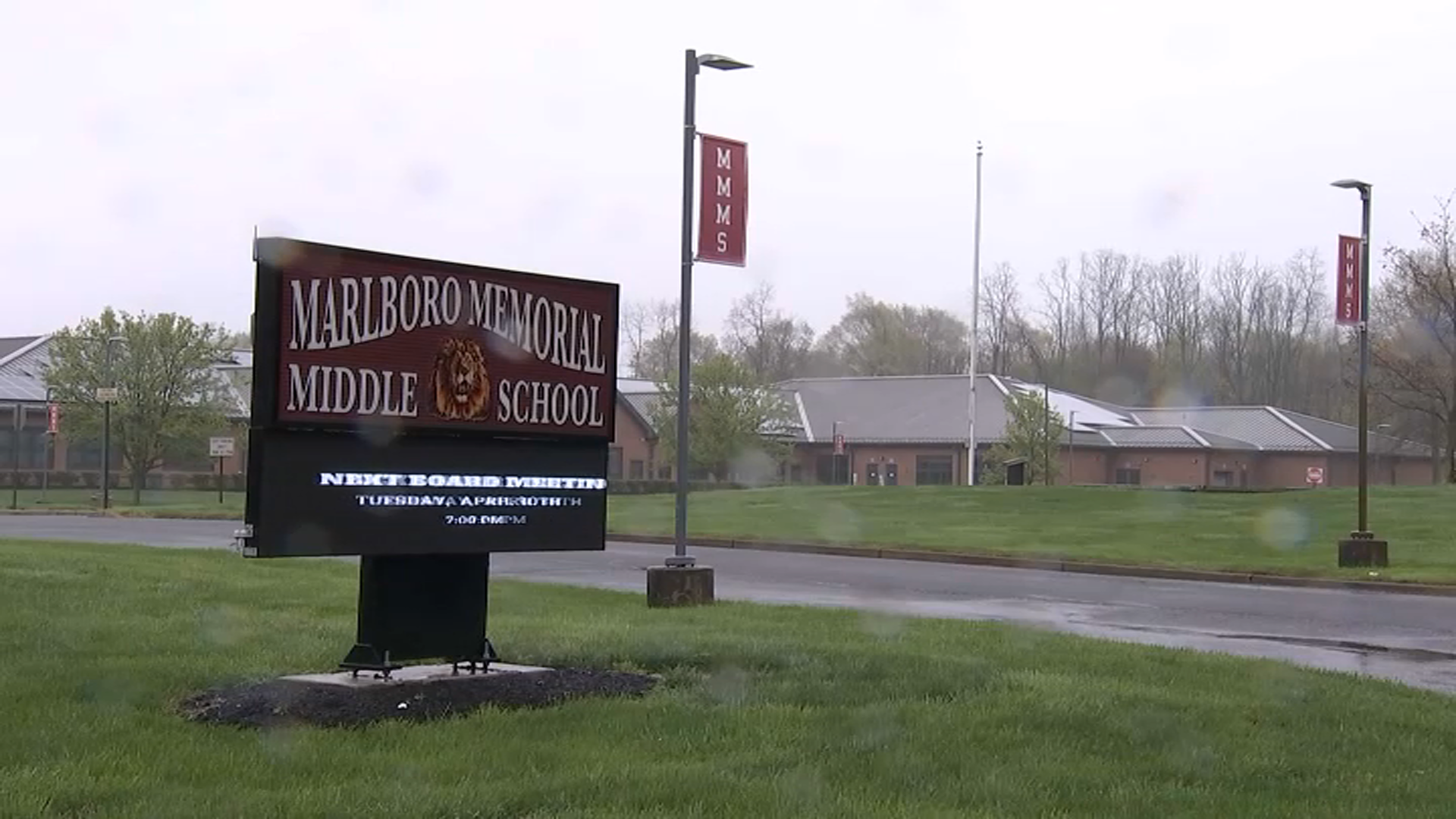A historic New York City mansion is once again filled with the sounds of family activities.
Mayor de Blasio, his wife and their two children woke up in their official Manhattan residence for the first time on Monday, a day after returning from their vacation in Italy.
No one had lived at Gracie Mansion since Rudy Giuliani left office in 2001. Former Mayor Bloomberg remained in his opulent Upper East Side town house during his 12-year administration, though he oversaw extensive renovations to the mansion.
De Blasio, his wife Chirlane McCray, their daughter, Chiara, and their son, Dante, had long lived in Park Slope, a neighborhood that helped shape the mayor-elect's political identity. They spent some time debating whether to make the switch. They began the moving process at the beginning of June.
Using the campaign theme "a tale of two cities," de Blasio ran as an outer borough candidate in touch with the concerns of working and middle-class voters who felt left behind by what they perceived were Bloomberg's policies favoring Manhattan and the wealthy.
The graceful Federal-style mansion — which has eight bathrooms, as opposed to just one in their Brooklyn home — will be the site of many of the mayor's meetings and social gatherings.
The current structure was built in 1799 by merchant Archibald Gracie in a location that, at the time, was in the countryside more than 5 miles north of the fledgling city. It changed hands several times until it was seized by the city in 1896 after the owner failed to pay taxes.
Local
In 1942, it was designated the official residence of the mayor, and Fiorello LaGuardia moved in. In 1966, the home nearly doubled in size during an expansion. It received a sweeping renovation over the last 12 years.
Bloomberg, who dipped into his own fortune to pay for some of the renovations, opened it to the public for tours and events.
The four-bedroom home has 12 full-time employees, including kitchen and gardening staff. It sits on the site once occupied by a home that was destroyed by British cannonballs during the Revolutionary War.
One of the 12.5-pound cannonballs was found a century later during construction work and was placed on a mantle to become part of the historical decor.



